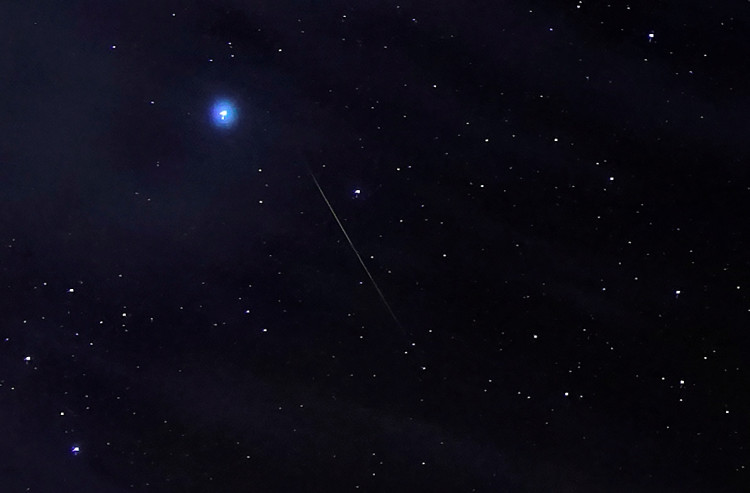A small piece of rock that once split away from Mars and made its way to Earth may contain clues to the formation of the red planet.
According to a new analysis of the Chassigny meteorite, which fell to Earth in 1815, the way Mars obtained its volatile gases - such as carbon, oxygen, hydrogen, nitrogen, and noble gasses - contradicts our existing models of how planets form.
If there is one planet in space that humans are most interested in, it is Mars. There are several theories as to why Mars became Cas. However, a meteorite that landed on Earth 200 years ago could fundamentally alter our understanding of Mars' formation.
Three space rocks have provided us with all of the information we have about the interior of Mars. These space rocks were separated from Mars by a collision and eventually made their way to Earth.
Planets are formed from leftover star material, according to current models. When a dense clump of material collapses under gravity, a nebular cloud of dust and gas forms. As it spins, it draws more material from the cloud around it to grow.
This material condenses into a disk that revolves around the new star. Dust and gas begin to clump together within that disk, forming a baby planet. Other baby planetary systems have formed in this manner, and evidence in our Solar System suggests it did the same around 4.6 billion years ago.
However, it has been difficult to piece together how and when certain elements were incorporated into the planets.
The solar nebula's volatile gasses are absorbed by a molten, forming planet. Because the planet is so hot and mushy at this point, the volatiles is sucked into the forming planet's global magma ocean, before being partially expelled into the atmosphere as the mantle cools.
More volatiles is given later by meteorite bombardment - volatiles locked up in carbonaceous meteorites (called chondrites) are produced when these meteorites break apart on impact.
As a result, a planet's interior should resemble the solar nebula's composition, while its atmosphere should mostly represent the volatile contribution of meteorites.
Mars has a good record for the very early stages of the planetary formation process since it formed and solidified very swiftly in around 4 million years, compared to up to 100 million years for Earth.
The composition of the noble gases differs from that of the Martian atmosphere, implying that the chunk of rock broke away from the mantle (and was flung into space, precipitating its arrival at Earth) and represents the planetary interior and thus the solar nebula.




